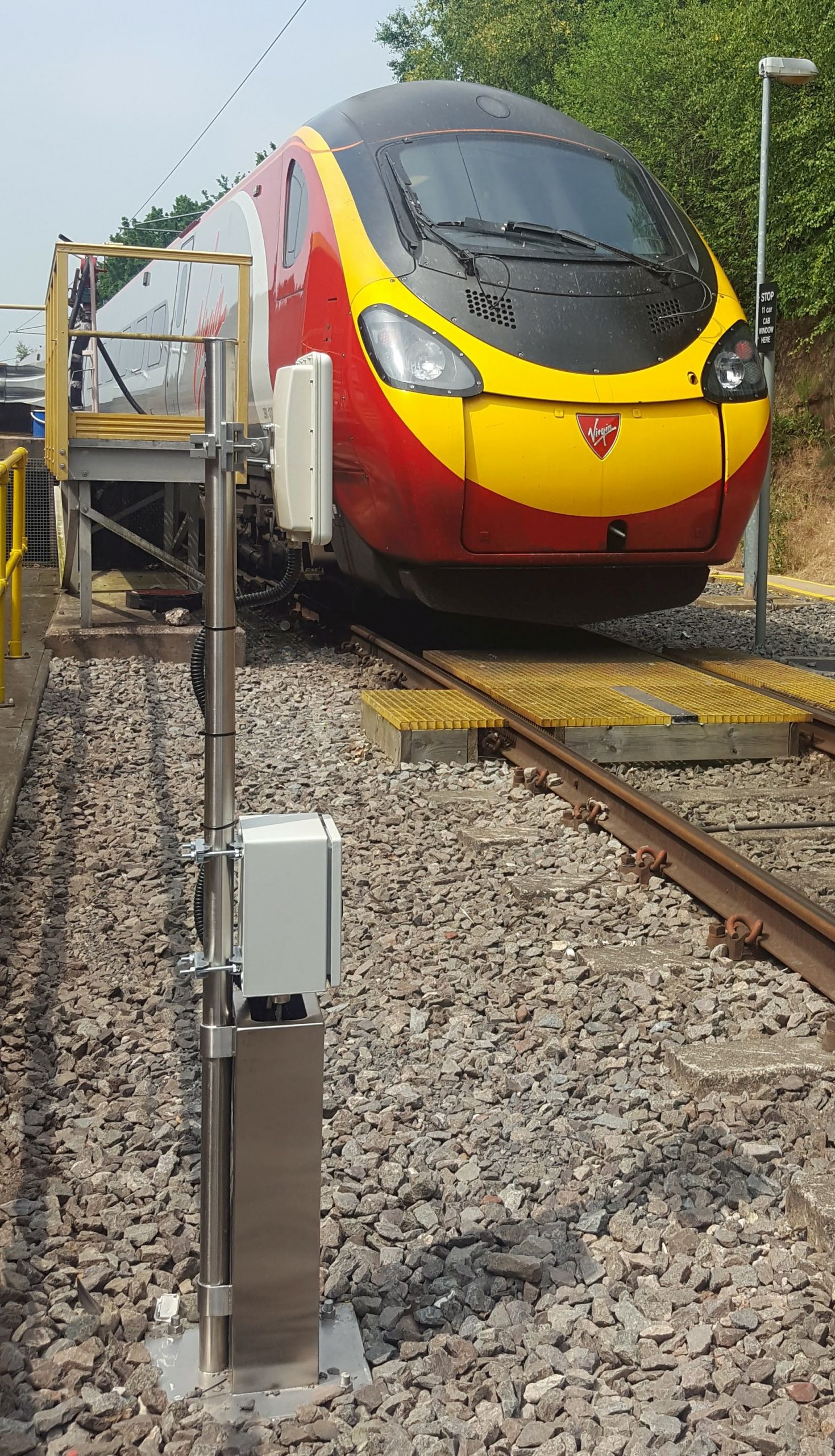Rail AVI ? What is it ?
AVI (Automatic Vehicle Identification) is a means of automatically identifying rail vehicles as they pass Fixed Trackside Reader devices placed at locations around the rail network. The readers operate 24/7, in all weathers and even with vehicles travelling at 125mph or more. Handheld readers are also available, typically for use by technical staff performing maintenance activities.
So, what does it do and how does it work ?
As we all know, every locomotive, carriage and rail wagon has a number painted on the side. These numbers are known as TOPS numbers and became standard in the UK in the early 1970s. More recently, the EVN (European Vehicle Number) has also been adopted as it provides an internationally recognised numbering scheme meaning that every UK vehicle actually has two numbers, though in practise the TOPS number is embedded in the EVN.
Out on the network each Fixed Trackside Reader sends out a continuous radio signal directed towards the track. When a train passes its AVI Tags harvest a fraction of the energy in the radio signal – it’s a tiny amount but enough to power the chip and transmit information back to the reader. The whole process takes less than a second and works up to 10m so two tracks can be covered. The actual data is highly compressed so special software in the reader decodes and extracts the vehicle information, including the EVN and then reports the event back to the network monitoring system.

Tag Data Translation
A special service that Cnection offer is Tag Data to EVN translation and reverse. The data stored in the AVI tag is highly compressed and requires a complex software algorithm to perform each translation. This proven software is built into our TrakStar and TagStar Pro products but is also available as a standalone licensable library. Please contact us to find out more.
Contact us to find out more and see how we can help.

